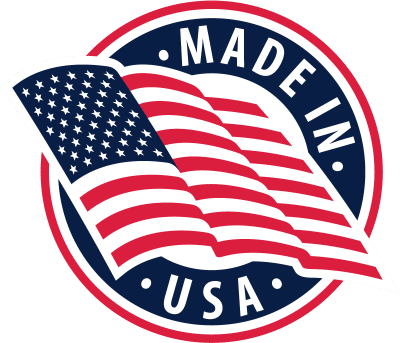St. Louis has many large rivers that join and form the lower Mississippi River. The Illinois, Upper Mississippi and the Missouri along with the lower Mississippi, have greatly influenced this area’s history. For example, these waterways were an important part of an Indian culture that existed here from 700 to 1400 AD. In the 40-year period between the founding of St. Louis in 1764 and the Louisiana Purchase in 1804, St. Louis changed hands from France to Spain and by 1803 reverted from Spain back to France. In 1901, Mr. John Wixford, a chemist and an 1886 graduate of Washington University came up with a solution to get better water. A treatment process using lime was in use at other water plants but didn’t give good results at St. Louis. Mr. Wixford, after considerable experimentation, finally came up with the proper method of adding lime that was slaked at a temperature of 190 degrees Fahrenheit, after the addition of ferrous sulfate to the river water. This process gave repeatable results and even today is the basic process for water clarification in this area.
In August 1915, a large storm occurred dumping 10 inches of rainfall in the St. Louis area, causing major flooding. St. Louisans demanded new sewers and improvements for the City’s water supply. Subsequently, an upgrade of the River Des Peres drainage basin began. In 1923, another Washington University graduate, Wesley Horner, became the City’s Chief Engineer and was put in charge of developing these projects. Mr. Horner received much notoriety for developing the River Des Peres Drainage Project, a plan that basically buried the River Des Peres, collecting all the drainage along the way and emptying it to the Mississippi downstream of St. Louis. Washington University is now a national leader in sustainability.























